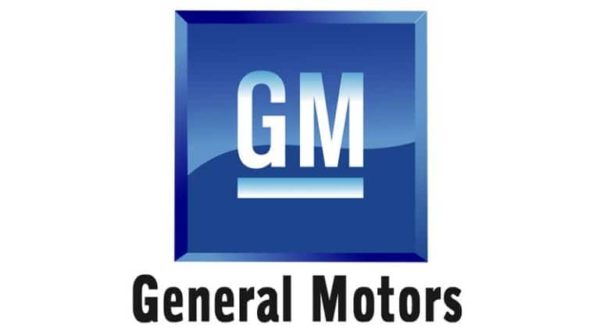QOTD: Pointing Fingers at General Motors?
 By a wide margin, the most important automotive-related news this week has been General Motors’ impending closure of five manufacturing facilities across North America. Accompanying the closures are losses of thousands of jobs and the discontinuation of six passenger car models over the next year or so.
By a wide margin, the most important automotive-related news this week has been General Motors’ impending closure of five manufacturing facilities across North America. Accompanying the closures are losses of thousands of jobs and the discontinuation of six passenger car models over the next year or so.
Who’s to blame here?
Commentary on the enlightened media forum of Twitter quickly pointed fingers at all things political. Many Tweet experts turned to the current figures of power in the United States, blaming government policy for GM’s decision. Others of a more socialist leaning, perhaps in Canada, saw an opportunity in a dark moment and called upon the Canadian government to nationalize General Motors’ operations over the border. Said action would create jobs and opportunity, because British Leyland worked out so well.
Still others, some of the Internet Car Enthusiast variety, took a third path. That path is sometimes called Used Car Memories Lane. The product was the issue that caused the closures. Why, if their cousin had a better experience with their used 1989 Cadillac in 2012, then by golly the company would be in a much better way today. Stacking on that soap box, the ICEs came along with their armchair executive management knowledge. In addition to the product being of utterly shit quality forever, GMC hasn’t built what modern consumers desire: A brown Impala SS from 1994, with LS1 V8, manual transmission, and a loaded MSRP of $23,000. That must be the real issue — product design.
Every reason listed above is crap. Not a single expert Twitter Opinion Dispenser in the aforementioned examples has the correct answer. While some of these electronic sermons might put pieces of the blame in the right place, those pieces as a whole are de minimis. You know who’s actually to blame? You are, dear consumer.
Today’s production predicament has been in the making for a long time — not just at GM, but across the entire industry. If consumers and their loans continued to buy traditional sedans, that’s what would be on offer today. But that’s not what modern consumers want. Consumers post-1992 want utility and adventure. They want the appearance of an active lifestyle via a capable vehicle, even though they’re just going to drive their fat ass (while texting) from the strip mall to the chain restaurant for a sodium-laden dinner. And the ICE is a marginal minority who talks a lot online and doesn’t buy brand new cars, so they don’t matter. I know because I am one.
So trucks and crossovers are king. They’re higher margin, easier to make, have lower mandated fuel economy targets, and please the vast majority of customers. General Motors made a business decision this week, and consolidated. And it’s a decision built upon support from consumers and (more importantly) their purchasing dollars for the past 25 years.
Before playing the blame game, ask yourselves where the real issue lies here in 2018. You’ll need a mirror.
[Image: General Motors]Article courtesy of https://www.thetruthaboutcars.com

